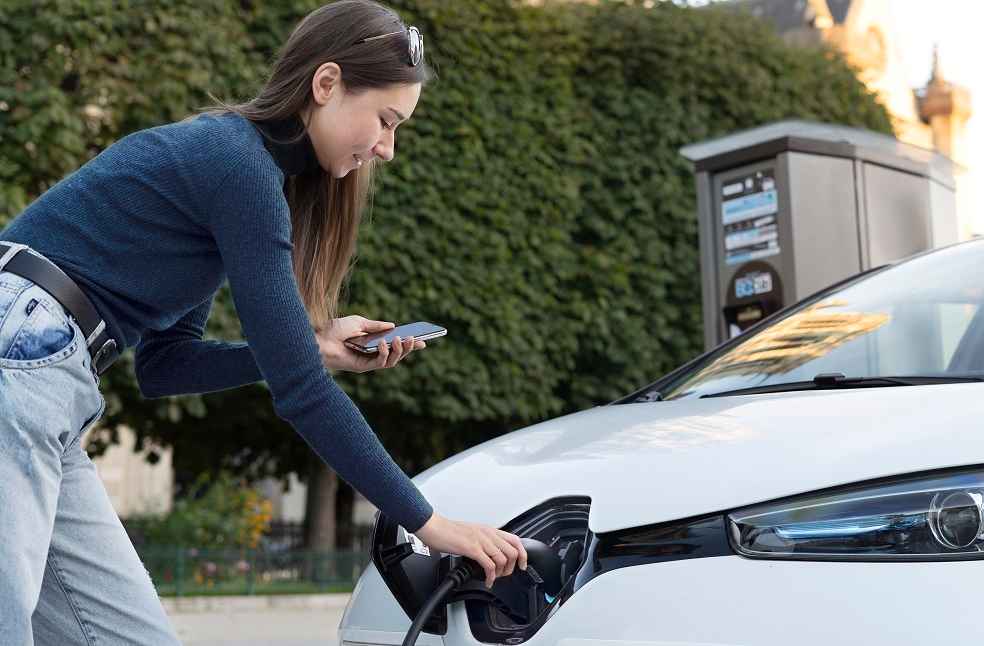The UK government has introduced a revised restriction on the recently launched Electric Car Grant (ECG), setting a maximum vehicle price of £42,000 for eligibility, disqualifying many higher-end trim models from receiving the subsidy.
However, the implementation of the policy has been more complex than initially presented.
The Electric Car Grant, introduced last month, provides buyers with up to £3,750 off the purchase of a new electric vehicle priced at £37,000 or less based on the entry-level version of the model. This means that if the base trim met the price limit, more expensive variants with the same battery size could still qualify for the grant. That loophole has now been closed. Under the updated rules, only vehicle variants priced at £42,000 or below are eligible. Any model exceeding this new cap no longer qualifies for the grant.

“The Electric Car Grant is putting money back in people’s pockets whilst also providing a vital boost for industry. The maximum price limit ensures only eligible cars priced at the lower end of the market can qualify for the discounts, ensuring government support is targeted,” a DfT spokesperson said.
This adjustment to the rules follows shortly after the Ford Puma Gen-E and the Ford Tourneo E-Courier became the first vehicles to qualify for the full grant amount. The Electric Car Grant is divided into two tiers—Band 1, offering £3,750, and Band 2, offering £1,500. Until now, all other eligible vehicles had only qualified for the lower Band 2 amount.
The £37,000 base price limit is still in place, but higher-spec trims are only eligible if they are no more than £5,000 above the base model’s price. Currently, 28 electric vehicles qualify for the grant, with more expected to join the list, although options are becoming more limited at the upper end of the price range.
UPCOMING | Tesla Unveils Model Y Performance with Sportier Upgrades





